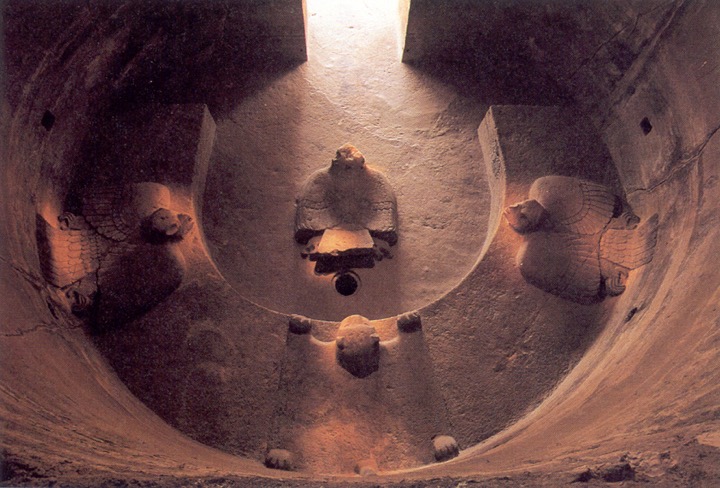
Global History of Rock-cut or ‘Chthonic’ Architecture
Lectures (6)
Loading Accordion Items...The Overview
This course presents a series of six introductory lectures describing the characteristics and global history of so-called ‘rock-cut’ architecture, or the subtractive architecture that is embedded within a native geological mass. Such structures are found worldwide, as residences, churches, shrines, meditation spaces, civic structures and tombs – rock-cut architecture occupies a central place in many global civilizations. It even persists into the present day in forms such as subway systems, underground market spaces, and the occasional itinerant work of architecture. The goal of this modules is to enable teachers of architecture and art history to present this material in a conceptually rich and globally situated manner. One of the key ways in which it engagse the global history of the rock-cut will be through the framework of structures. The space-shaping potential of the freestanding structural form is the hallmark of tectonic architecture – from the beams and columns of Greek temples to the flying buttresses of the Gothic Cathedrals. In ‘rock-cut’ architecture, the structure is deeply integrated with the native earth, with structural properties that derive directly from the geology of the site and place. Construction is focused on material to be removed, not structure to be assembled. The native stone guides the gravity forces around the carved space, not to a ground plane below, but simply deeper into the earth – a resolution of forces that can never be precisely determined. This property will be emphasized to adduce discussions that are both philosophical and practical.


